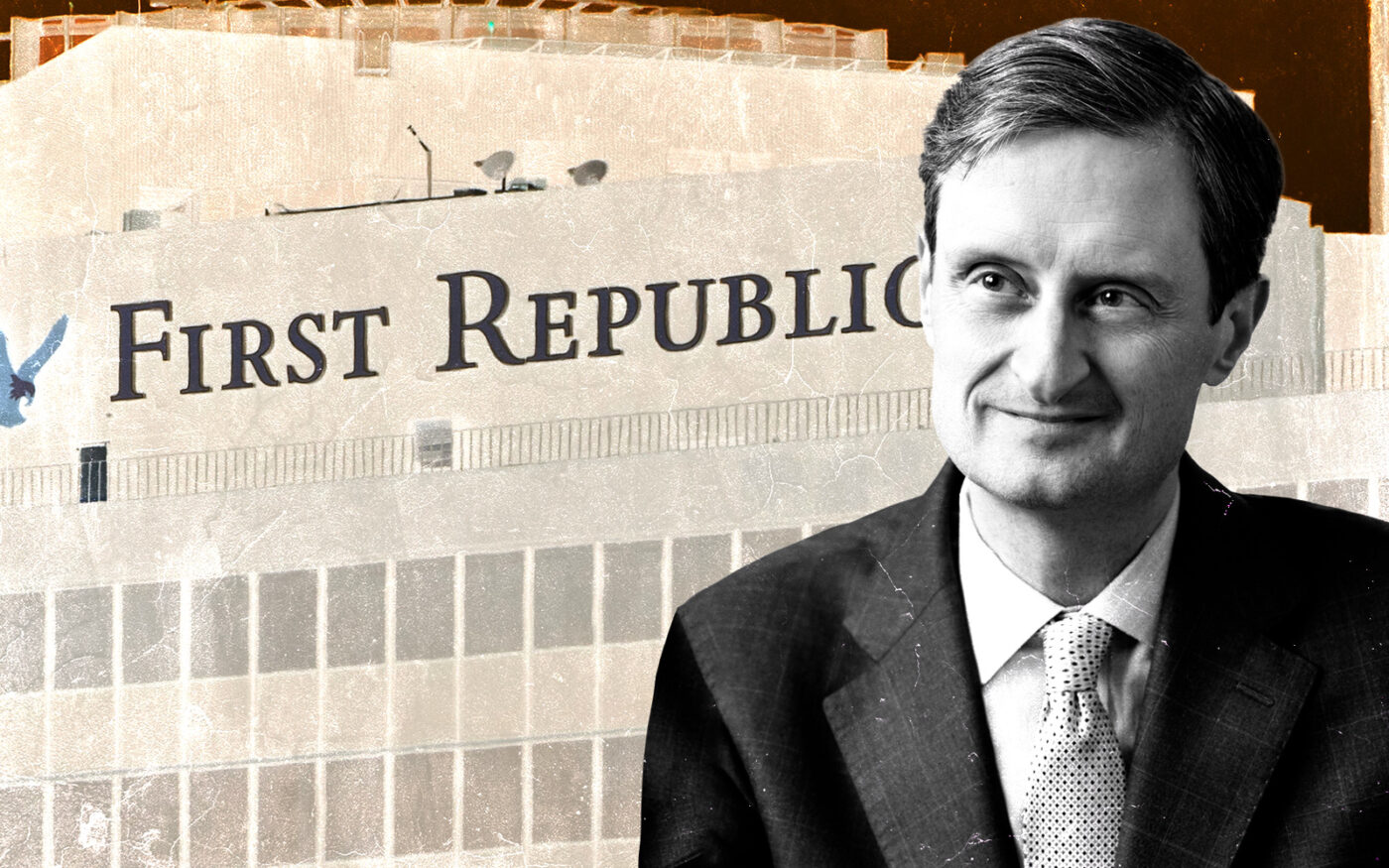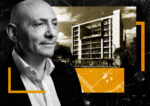Trending
First Republic woes compounded by rich clients, interest-only loans
Fixed mortgages at a time of rising interest rates put squeeze on capital reserves

First Republic Bank’s financial challenges not only stem from years of low-interest rate lending, but the fact that a huge chunk of its mortgages were interest-only.
Though interest-only lending plummeted after 2008, First Republic pivoted to extending such mortgages to those with super prime credit scores and the ultra-wealthy, according to Bloomberg.
Now that poses a problem for the bank, given it can’t collect the principal payments on a large portion of its mortgages — a time when it needs to boost its capital reserves amid rising interest rates, a slowdown in home buying and large deposit outflows.
Over the last five years, interest-only mortgages made up a higher share of originations at the bank than any other regional bank, according to data obtained by Bloomberg under the Home Mortgages Disclosure Act.
At the beginning of this year, 60 percent of all single-family mortgages on First Republic’s balance sheet — about $58 billion — were still in interest-only periods.
After the collapse of both Silicon Valley Bank in Santa Clara and New York-based Signature Bank, First Republic was the victim of a larger contagion, with many customers pulling deposits. Analysts estimate the bank will post a $40 billion drop in deposits when it reports first quarter earnings next month.
First Republic has avoided collapse in large part because of $30 billion in uninsured deposits from a consortium of 11 fellow institutions led by JPMorgan Chase.
The bank has spent the last 15 years building a portfolio of mortgage loans to top-rated credit risks. Its customers are so solid — borrower credit scores average 780 — that Fitch Ratings recently called its assets “pristine.”
However, as rates have skyrocketed, it might have to start paying out more interest on its deposits than it’s reeling in from its mortgages. It also needs to maintain a deposit base sufficient to cover its lending.
Some of its mortgage borrowers include Goldman Sachs President John Waldron, who took out an $11.2 million mortgage in June 2020; R. Lawrence Roth, a board member at Oppenheimer; and record label mogul Todd Moscowitz. All held loans with 10-year, interest-only periods and rates starting below 3 percent.




